MRes student Sarah Clark features in episode five of the Student Minds podcast series, “Life as a Neurodivergent Student,” with her episode titled “Finding Balance as a Neurodivergent Student” launching today (12th November) on Spotify and Apple Podcasts.

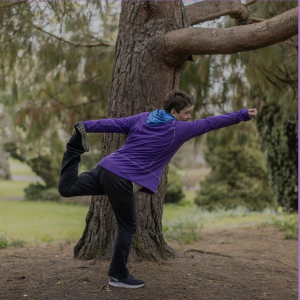
Listen here on Spotify: All Things Mental Health Podcast
The All Things Mental Health podcast shines a light on the experiences of young people and students, bridging the gap between research and lived experience to create space for open, authentic conversations about mental health and neurodivergence. Recently featured in The Guardian, the podcast now ranks in the top 15% of podcasts shared globally, with partners including the University of Oxford, King’s College London, Student Minds, SMaRteN, and U-Belong.
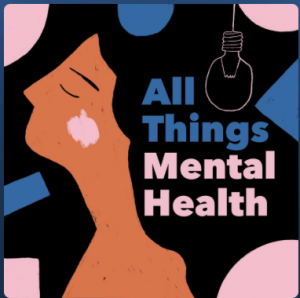
Supervised by Dr Emily Arden-Close (Bournemouth University) and Dr Jessica Eccles (Brighton and Sussex Medical School), Sarah’s MRes research explores how to reduce diagnostic delays for autistic individuals with Ehlers-Danlos syndrome (EDS) – a complex, multi-systemic connective tissue disorder that remains under-recognised and frequently misdiagnosed.
Sarah’s passion for this research stems from her own lived experience. She was diagnosed with hypermobile Ehlers-Danlos syndrome in 2020 after years of medical invalidation and misdiagnosis. During her MSc in Clinical and Developmental Neuropsychology at BU, a pivotal “lightbulb moment” during the autism lectures led her to realise that autism could explain many of her lifelong experiences – a possibility that had never before been considered. She was subsequently diagnosed as autistic in 2022, an experience that transformed both her own personal understanding and her academic trajectory.
In this podcast episode, Sarah and her peer co-host reflect on what it truly means to be a neurodivergent student — exploring how we define work-life balance, what meaningful support looks like, and how the invisible intersections between neurodivergence and physical health shape learning, wellbeing, and identity. Together, they share stories of diagnostic journeys, self-acceptance, and adapting to challenges while navigating academia with compassion and authenticity.
Sarah also discusses how she manages work–life balance as a lived-experience researcher, highlighting the importance of flexibility, self-awareness, and self-kindness in sustaining both academic success and wellbeing.
Through this open and heartfelt discussion, Sarah and her peer co-host aim to offer insight, validation, and hope to students, researchers, educators, and practitioners striving to better understand and support the neurodivergent experience in higher education.
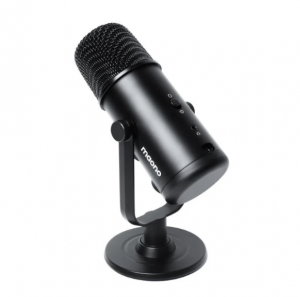
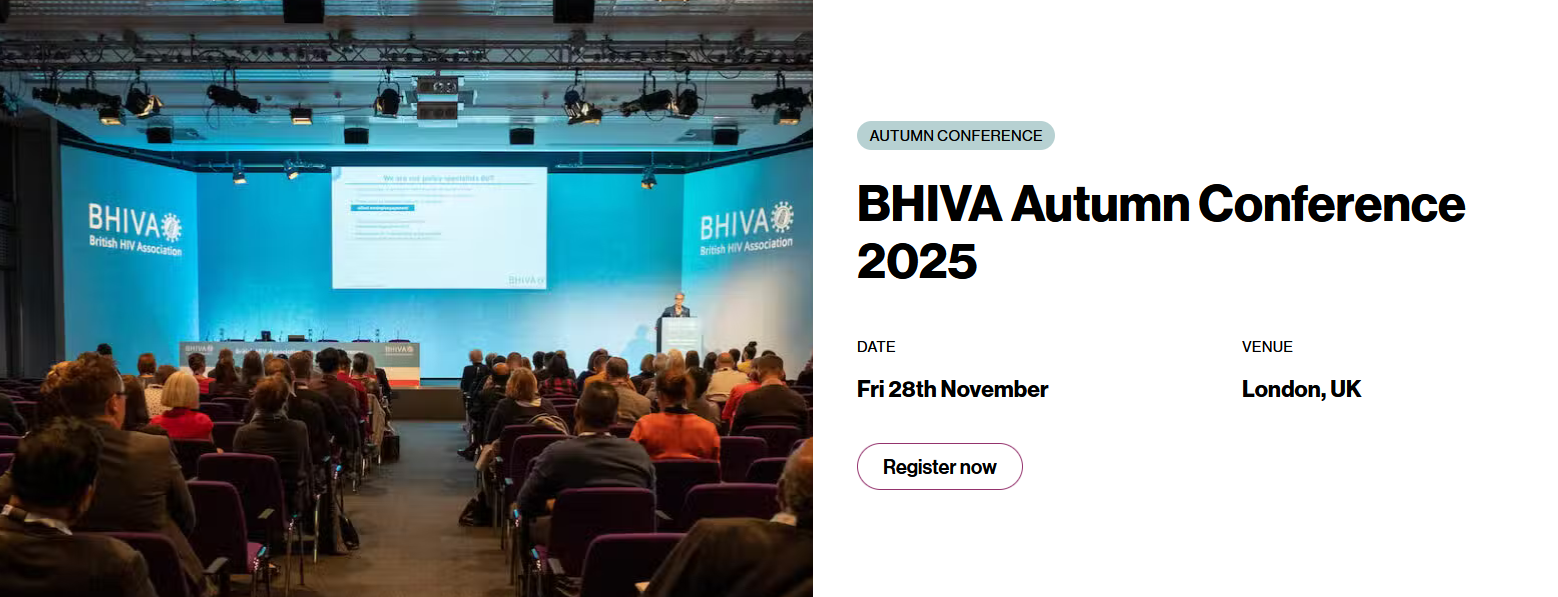
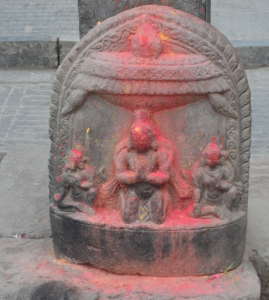
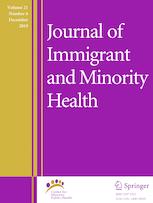

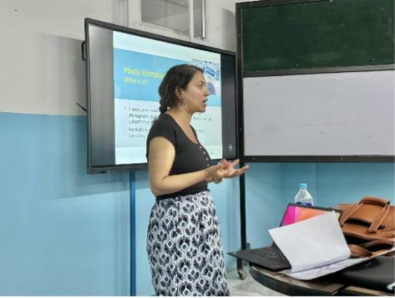
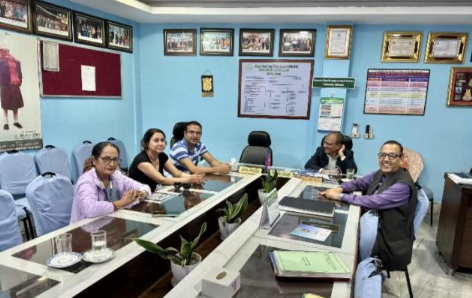
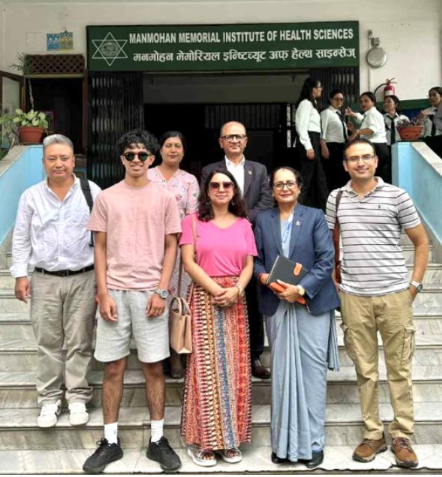
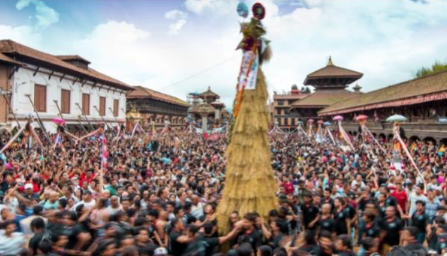
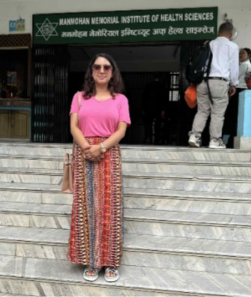
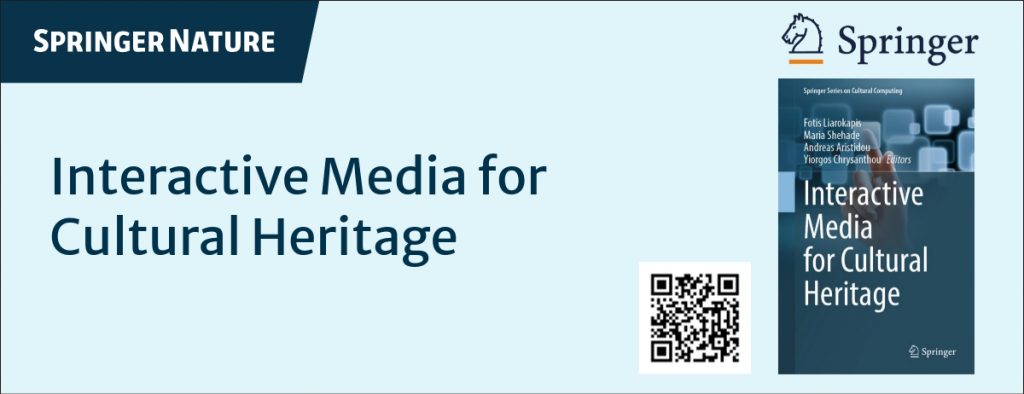 At the beginning of July, the chapter
At the beginning of July, the chapter  Among the featured case studies are three final year undergraduate student projects that were created at the National Centre for Computer Animation (NCCA) during the 2021/2022 academic year: two projects by Catja Larsson and one project by Ana-Maria-Cristina Ureche. Both alumni co-authored the chapter, demonstrating once again the excellent quality of work produced by NCCA undergraduates.
Among the featured case studies are three final year undergraduate student projects that were created at the National Centre for Computer Animation (NCCA) during the 2021/2022 academic year: two projects by Catja Larsson and one project by Ana-Maria-Cristina Ureche. Both alumni co-authored the chapter, demonstrating once again the excellent quality of work produced by NCCA undergraduates.
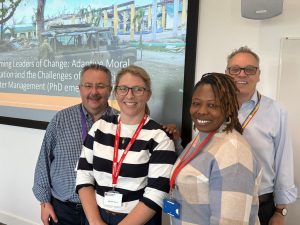
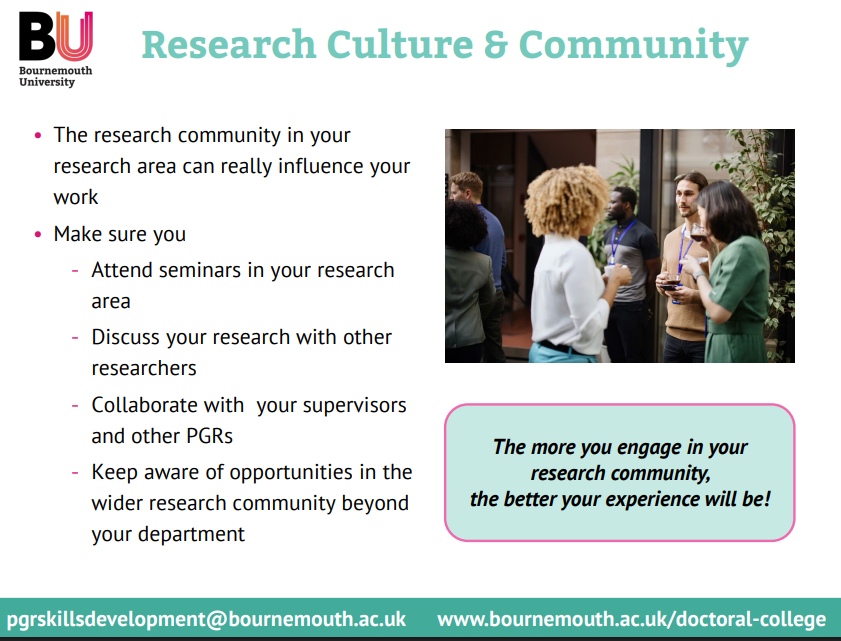

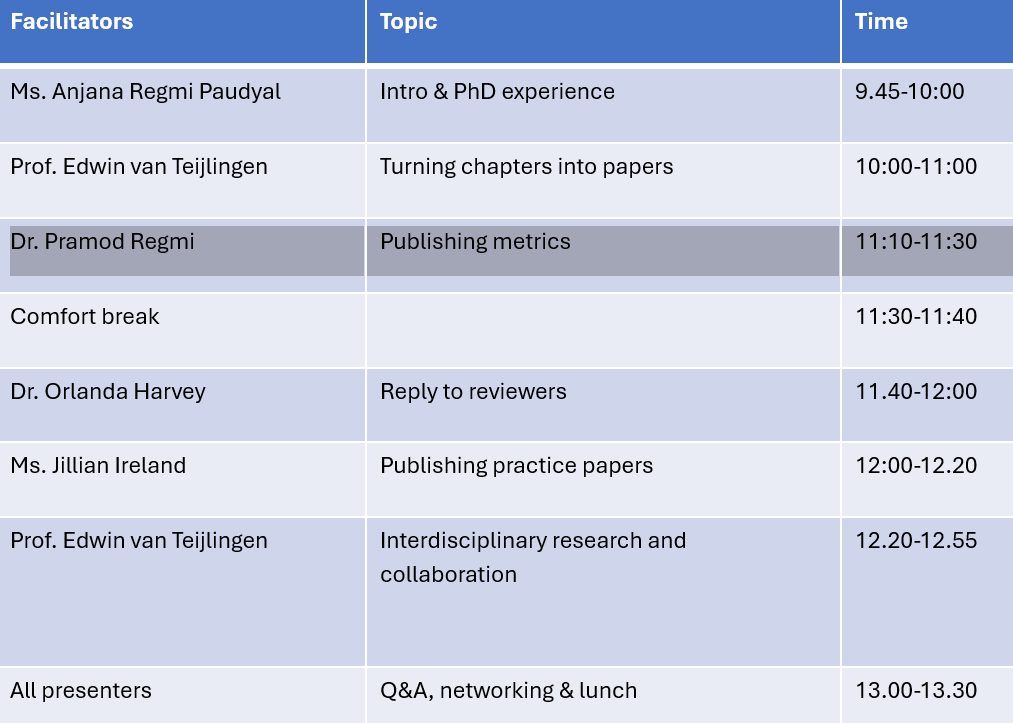

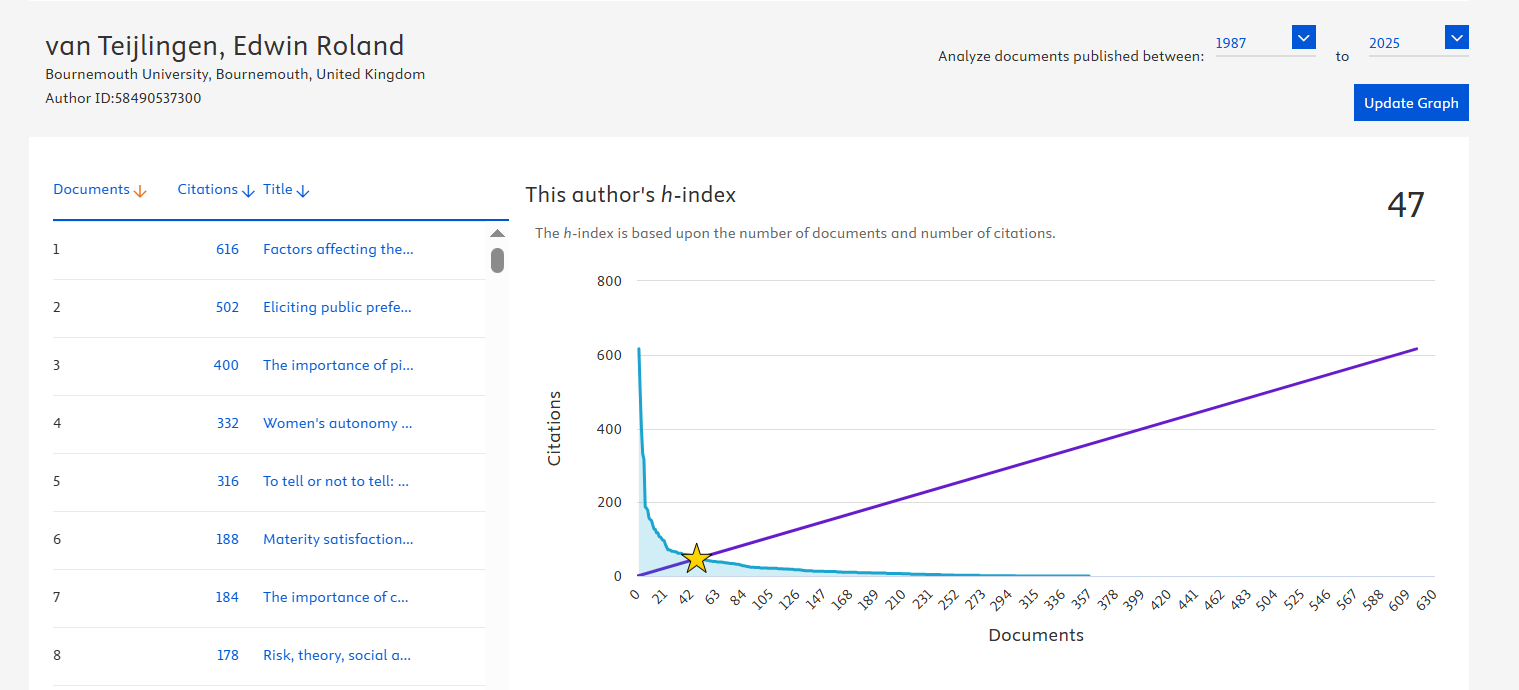

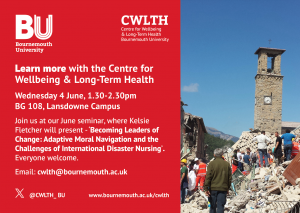
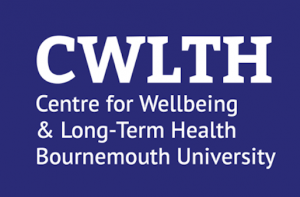
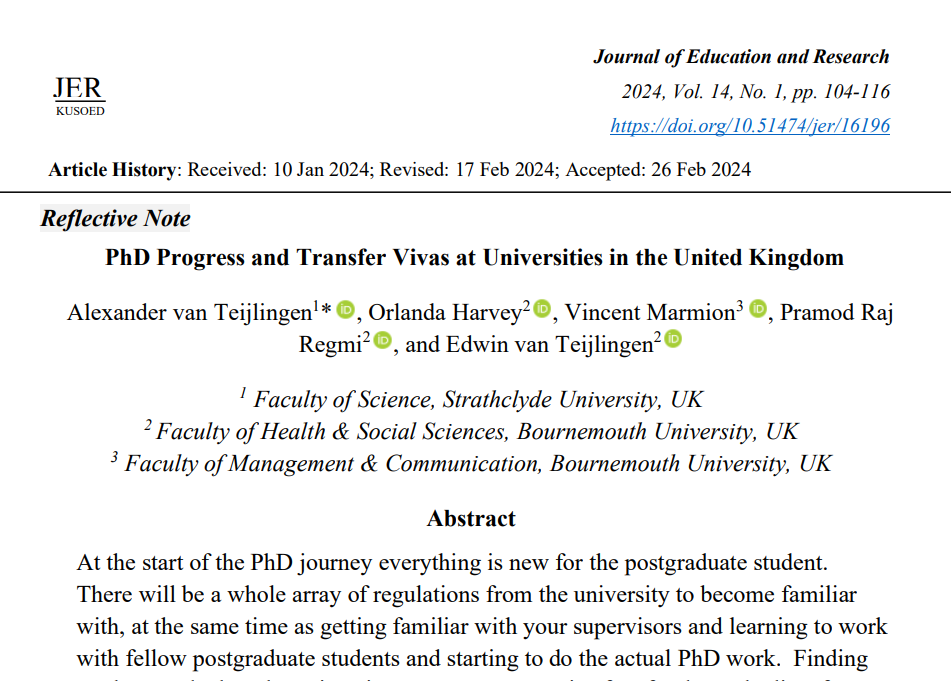
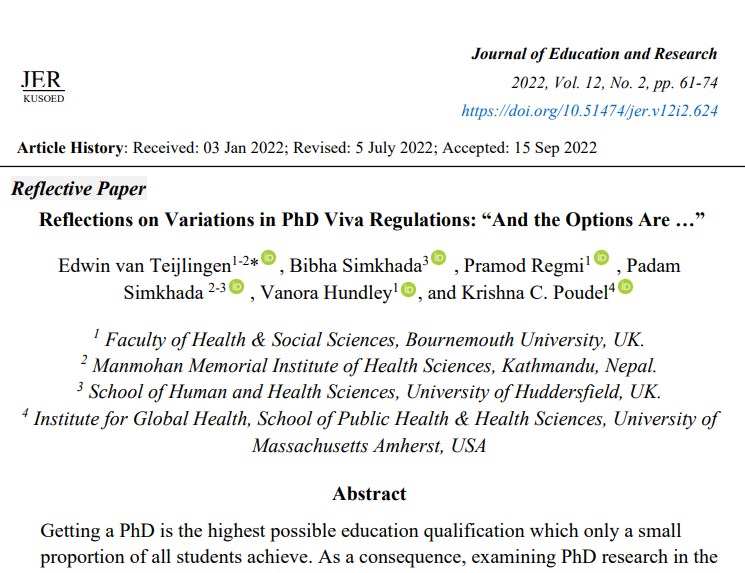
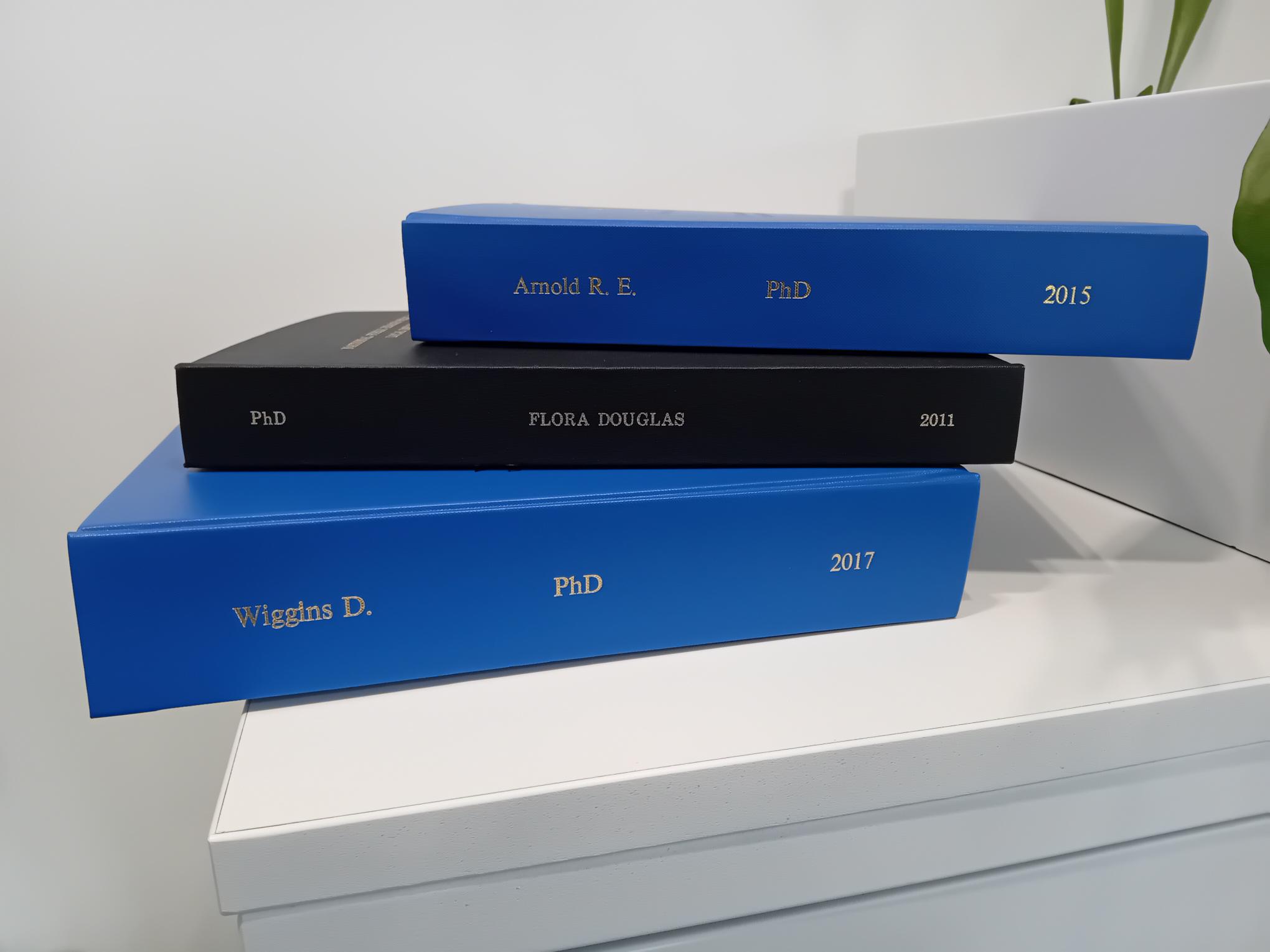
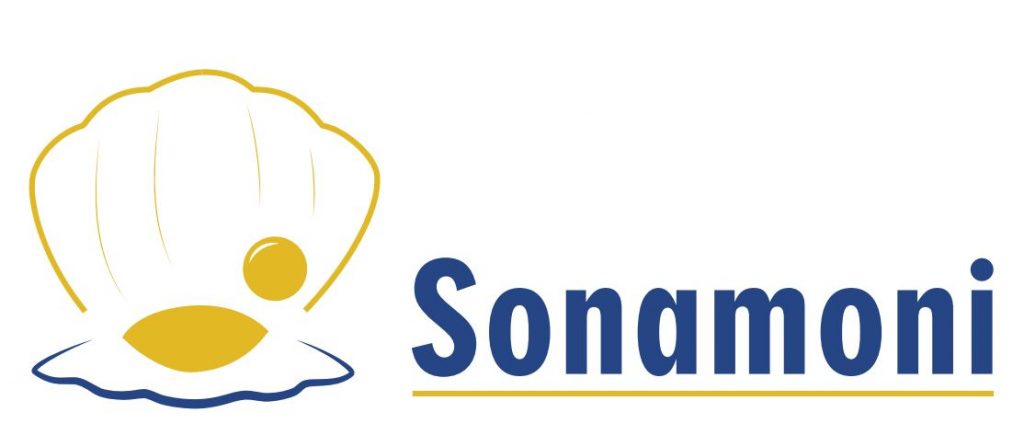
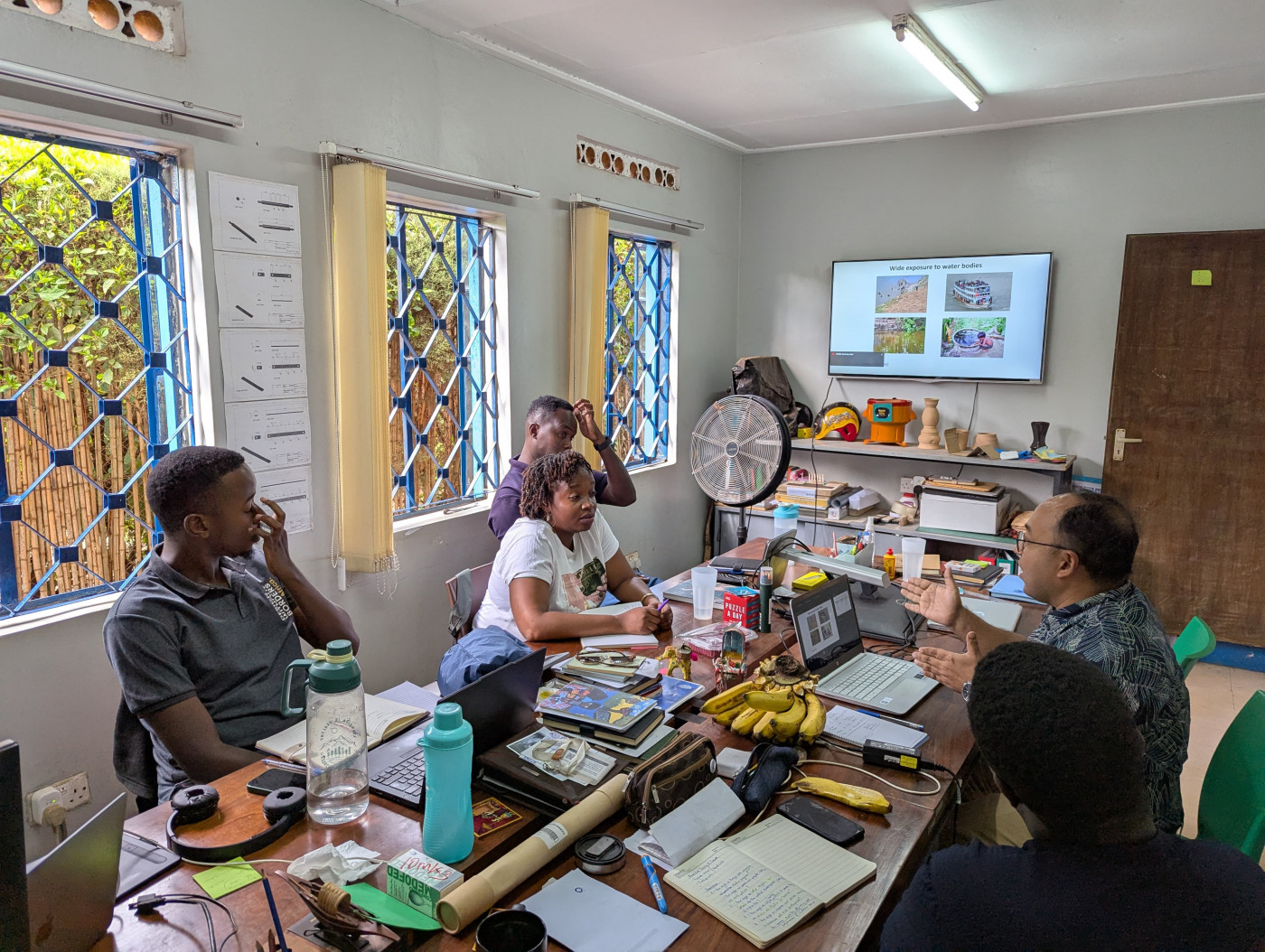
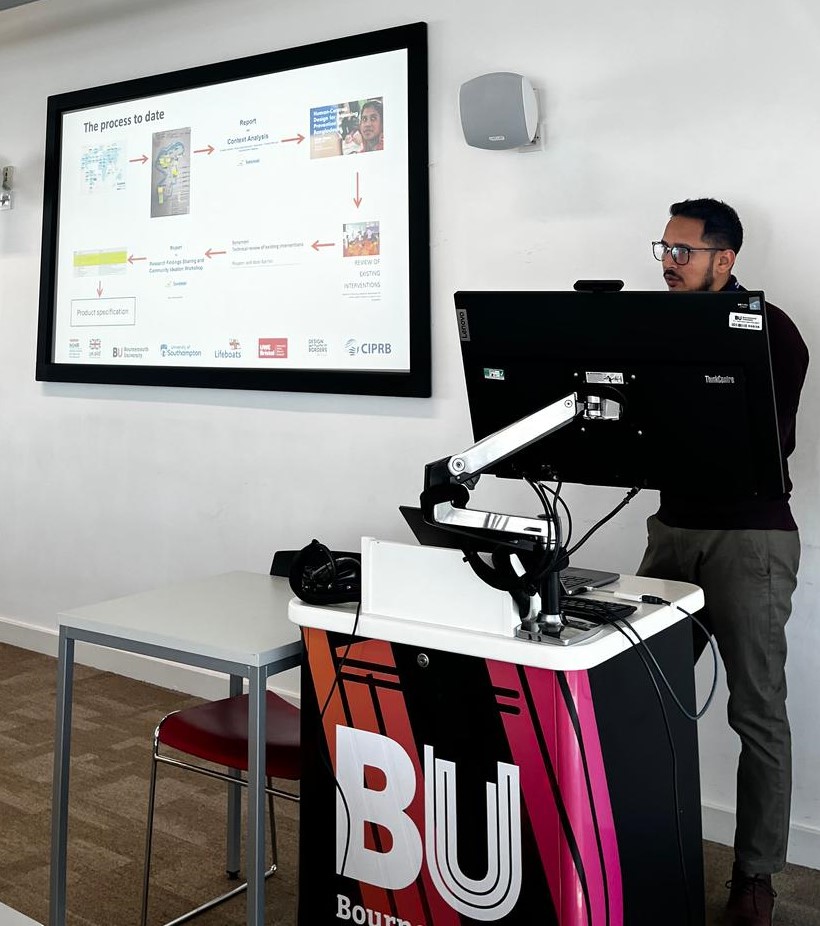
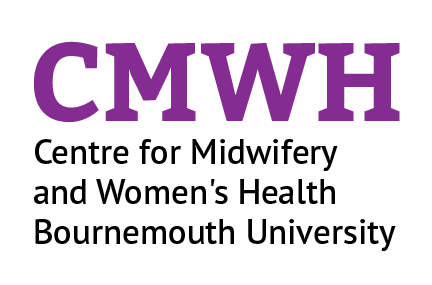

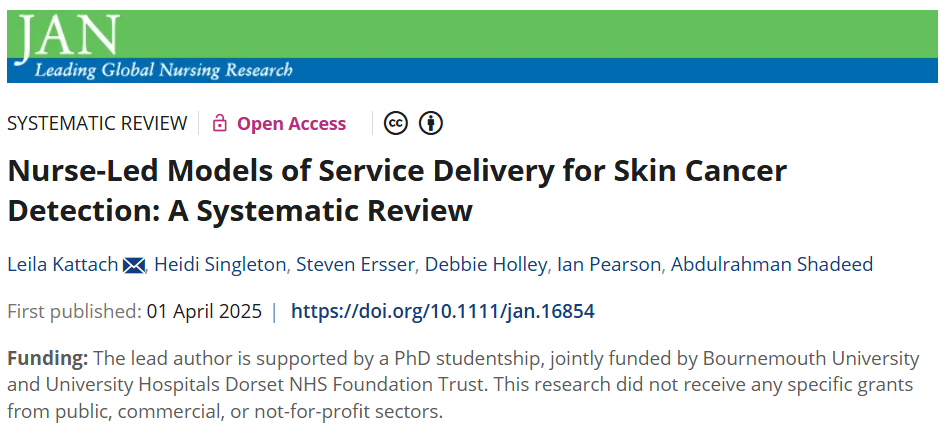

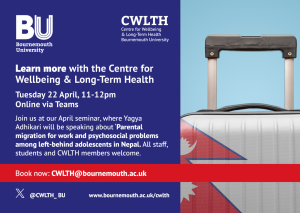

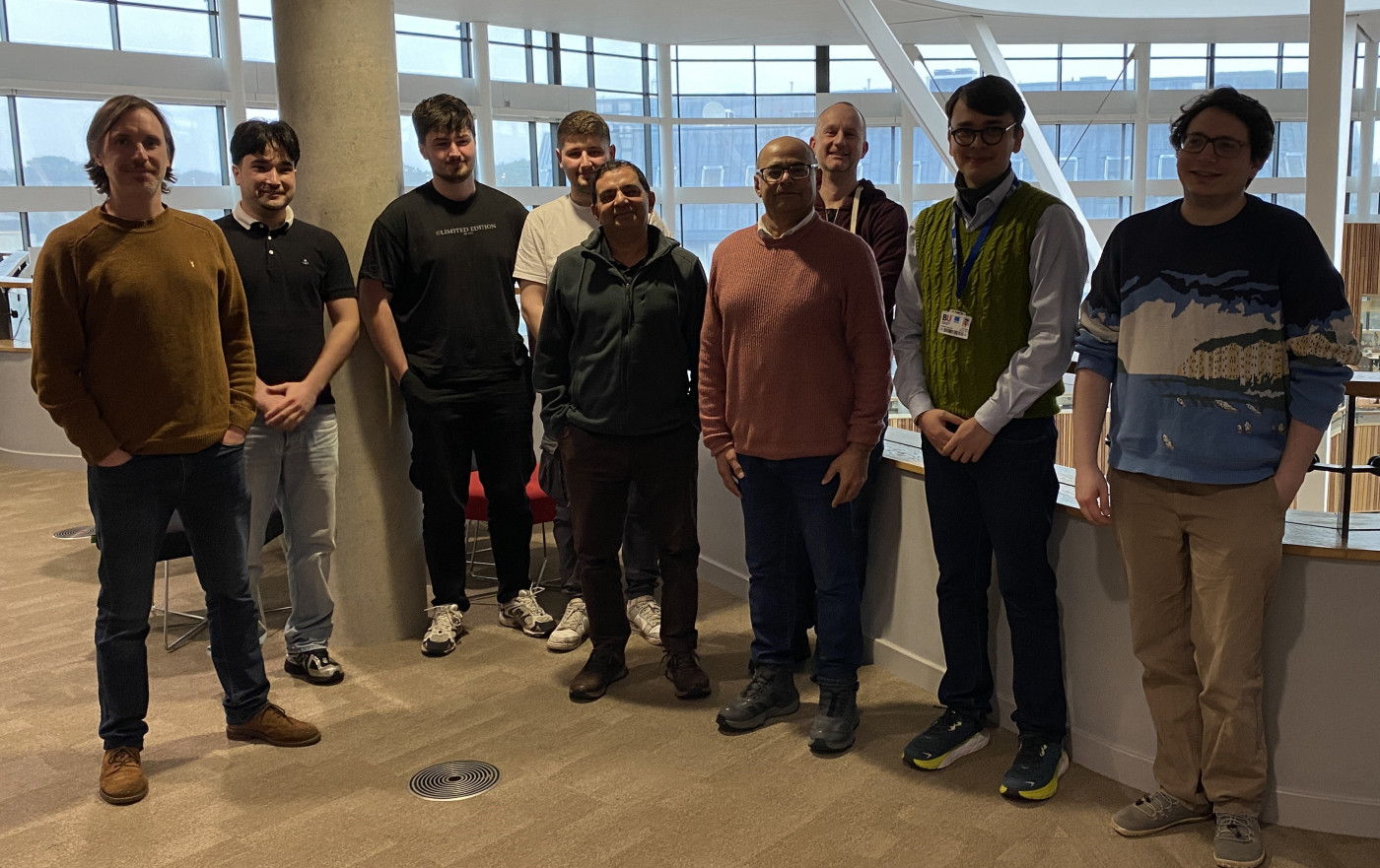
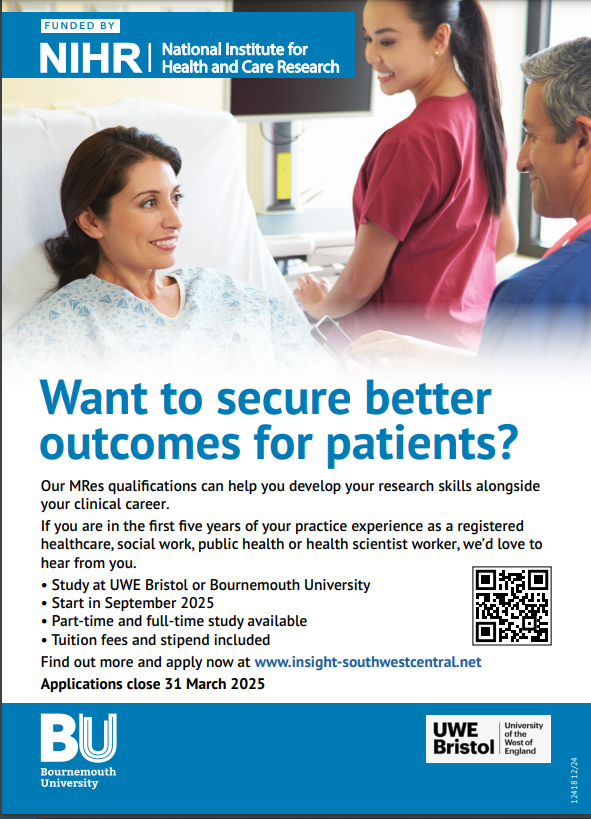
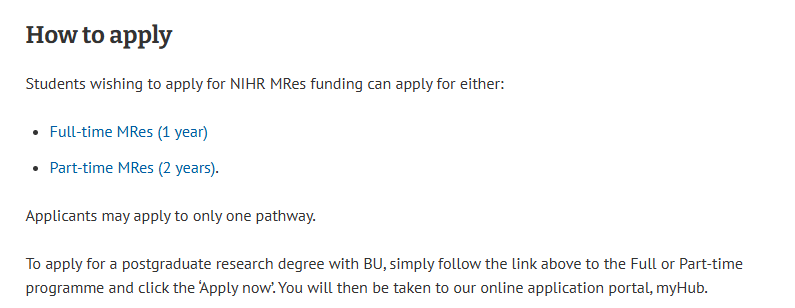

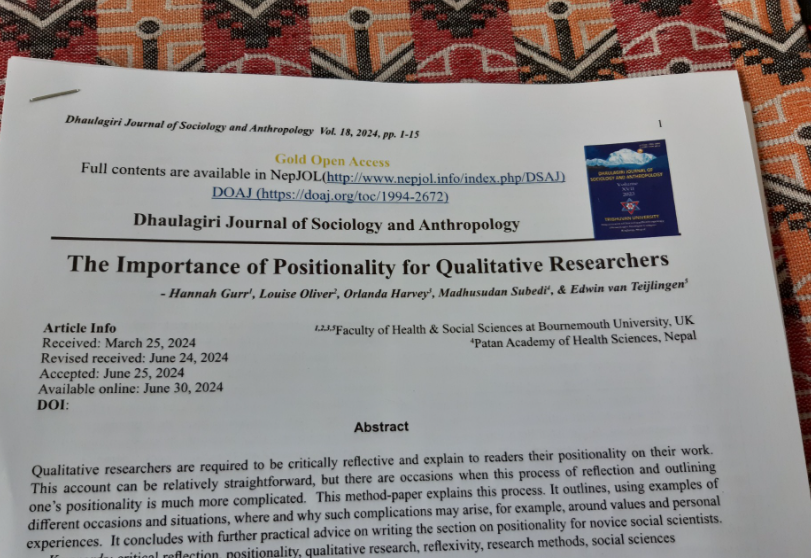











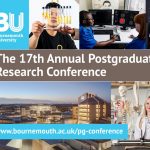 Join the 17th Annual Postgraduate Research Conference – Wednesday 3 December 2025
Join the 17th Annual Postgraduate Research Conference – Wednesday 3 December 2025 BU Festival of Social Sciences invite at RNLI
BU Festival of Social Sciences invite at RNLI ECR Funding Open Call: Research Culture & Community Grant – Apply Now
ECR Funding Open Call: Research Culture & Community Grant – Apply Now MSCA Postdoctoral Fellowships 2025 Call
MSCA Postdoctoral Fellowships 2025 Call ERC Advanced Grant 2025 Webinar
ERC Advanced Grant 2025 Webinar Horizon Europe Work Programme 2025 Published
Horizon Europe Work Programme 2025 Published Horizon Europe 2025 Work Programme pre-Published
Horizon Europe 2025 Work Programme pre-Published Update on UKRO services
Update on UKRO services European research project exploring use of ‘virtual twins’ to better manage metabolic associated fatty liver disease
European research project exploring use of ‘virtual twins’ to better manage metabolic associated fatty liver disease